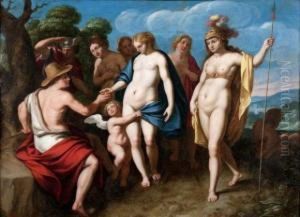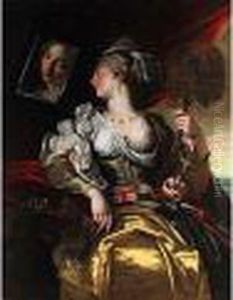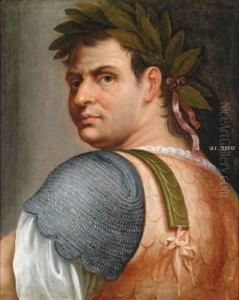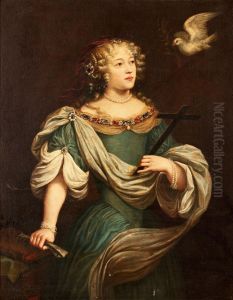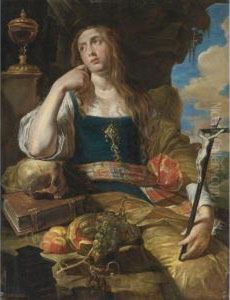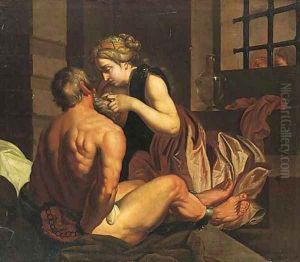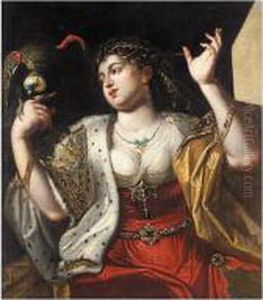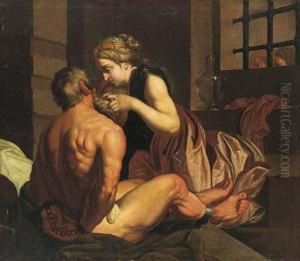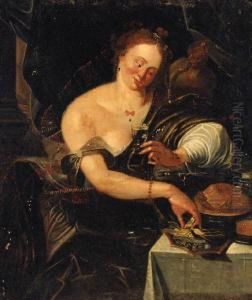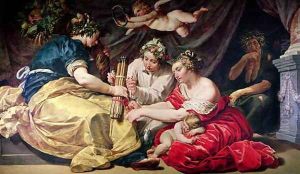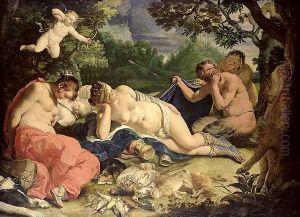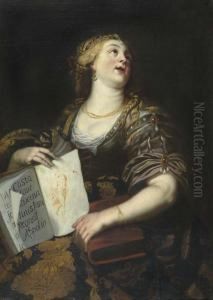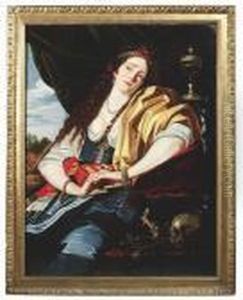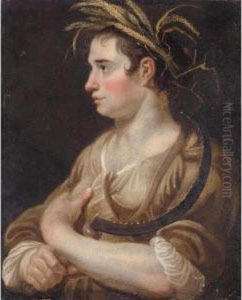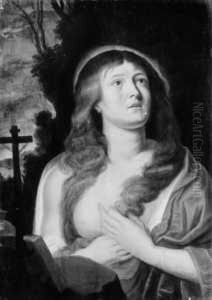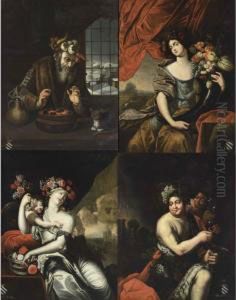Abraham Janssens van Nuyssen Paintings
Abraham Janssens van Nuyssen was a Flemish painter who is known for his work during the early 17th century. Born in Antwerp around 1567, Janssens was an important artist in the period following the reign of Peter Paul Rubens. He initially trained with Jan Snellinck, a history painter in Antwerp.
Janssens' work was primarily influenced by Italian art, particularly the styles emanating from Rome, which was a significant center of artistic innovation during his time. He is noted for his strong, dramatic use of chiaroscuro and powerful figures, which reflected the Baroque style that was emerging in Europe.
After spending time in Italy, Janssens returned to Antwerp where he became a master in the Antwerp Guild of St. Luke in 1601. He quickly established himself as a leading painter in the city, completing numerous commissions for local churches and the Antwerp town hall.
His most famous works include altarpieces and mythological scenes, often characterized by their grand scale and dynamic compositions. Despite his initial popularity, Janssens' fame was gradually overshadowed by the success of Rubens, who became the dominant figure in Flemish art.
Janssens' contribution to the development of Flemish painting, however, remains significant. His works are considered an important link between the High Renaissance and the Baroque period, reflecting a transition in artistic styles.
Abraham Janssens van Nuyssen died in Antwerp in 1632. His art continues to be appreciated for its energy, dramatic intensity, and its role in the evolution of Flemish painting.

